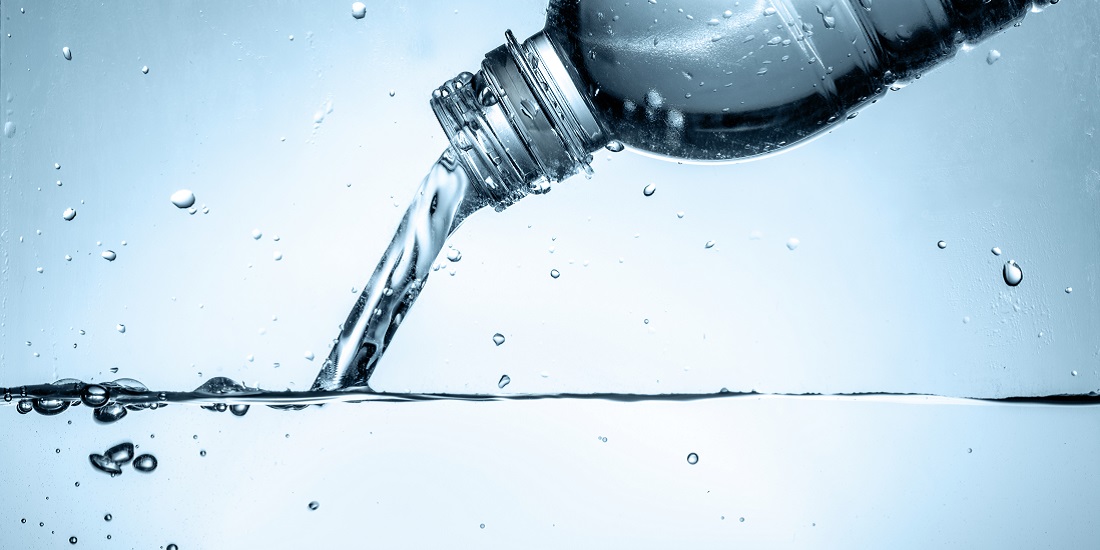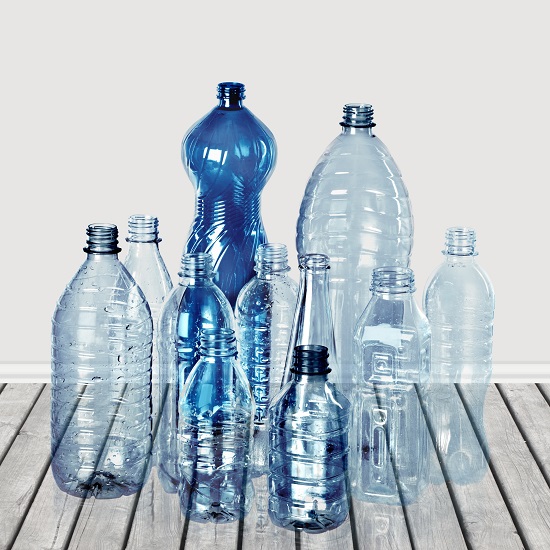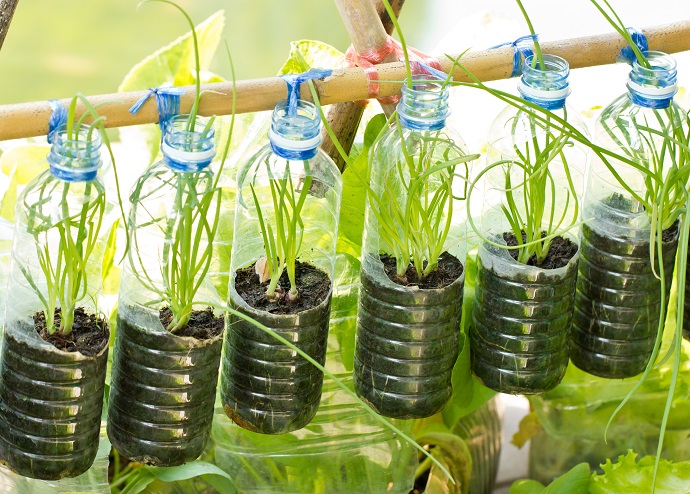Plastic Recycling – Open Source

Recycling is arguably the simplest effort a human can make to achieve a cleaner and more sustainable world. Most trash services even offer a pick-up recycling service for only a handful of extra dollars a month to make this necessary service available to all. All this would take is slightly more effort from everyone to toss anything recyclable into a designated blue bin instead of their trash.
Our planet depends on recycling for survival. The most common product that needs to be recycled is something we all most likely have sitting within one foot of us. Plastic. If you look around right now, you will see something made out of plastic. Maybe even multiple items. A water bottle, a bag, your remote control, and the computer you are reading this on are all made out of plastic.
Plastic is usually made from organic polymers of carbon but can be combined with other elements like oxygen, nitrogen, or sulphur. Plastic has become the go-to product to make a majority of items from everyday use to more dependable purposes. It is cheap to make, extremely moldable, and water resistant. Plastic is used to make food containers, bottles, toys, containers for cleaners, picture frames, and many more common household items. Plastic use is so widespread it is used in all aspects of technology from cellular phones to spaceships to airplanes
We use twenty times more plastic now than we did in 1950.

So while the production industries are saving money producing high amounts of plastic, there are many drawbacks to plastic. Factories where plastic is made end up releasing the fumes of many greenhouse gases into the environment harming the ozone layer. Plastic bags inevitably find their way into oceans and ponds causing harm, or even death to marine life. The same goes for land animals as well. They ingest plastic and experience harm. The mass production of plastic also means the mass littering of plastic. And unfortunately for us, plastic does not degrade well. In fact, plastic will sit in a landfill for hundreds of years before it will degrade. The only acceptable disposal of plastic is to recycle.
The recycling of plastic and its numerous products are vital to the health of our environment. The main idea of plastic recycling is to collect plastic waste and reforming it into a useful product. The recycling process has two main parts. Plastic is collected and sorted through either manually or automatically. The Plastic Identification Code (PIC), stresses that the proper separation of plastics is vital. Different types of plastic are identified by the recycling code located on the bottom of the plastic product. Some of the common PIC codes are Polyethylene Terephthalate (PET) and Low-Density Polyethylene (LDPE).
After proper separation, the plastic is then washed and cleaned and finally it is melted and molded into new shapes. Common products made from recycled plastic include chairs, window frames, gardening furniture, seed trays, compact disc cases, and insulating boards.
With the absurd amount of plastic waste, more regulations should be put in place to quell the waste and increase the total level of recycling. Another solution would be the use of genetically engineered bacteria and biodegradable additives to accelerate the rate of biodegradation.
Before science astounds all of us again with a life changing invention to quicken the rate of plastic biodegradation, there are other ways to reduce the use of plastic.
• Use reusable shopping bags – These bags are available almost everywhere and a much better alternative to the plastic bags that may just end up being thrown away or tucked away in a closet of your home.
• Reduce the sale of bottled water – Plastic water bottles are usually thrown away. Reducing the sale of these will reduce the trash build up. Reusable water bottles are a better resource.
• Use of jars and glass containers – replacing plastic containers with jars and glasses is better for the environment.
• Casein-based plastics – This is a type of plastic made from the compounds in milk. It degrades easily and is non-toxic to the environment.
• Pre-cycle – The idea behind pre-cycling is to come up with another use for the item before you get rid of it.

In addition to the above-mentioned suggestions, a company called Precious Plastic is leading the way in home recycling and innovation with their creative ideas. The company has created easily made recycling machines that people can replicate on their own, put their old plastic in, and mold and shape into something new. The company develops the machines, shares the blueprints for free, spreads the word, and then others can create new items from old plastic. The ideal goal is to clean up the world one homemade plastic recycling machine at a time. The machines work in one of four ways, extrusion, injection, compression, and shredding. Each is made from cheap, easy to attain materials, and simple to make. With these machines, you can make a number of different items including lamps, jars, bowls, vases, bricks, baskets, and even raw materials to build and do updates around your home. These machines will be a life changer for any environmentalist.
The reality is that plastic will be with us for a very long time, but it doesn’t have to be hundreds of years long. It is important that we take the time and make the effort to properly dispose of our plastic in the most sustainable way possible. We all need to recycle all of our plastic products in order to make new items. We can even do this from our own creations in our own homes. This will not only save money but greatly reduce our carbon footprint and hopefully reduce the production of plastic. Any small reduction will in change reduce the release of harmful greenhouse gases and other chemicals into the air.
Source:
http://preciousplastic.com/en/